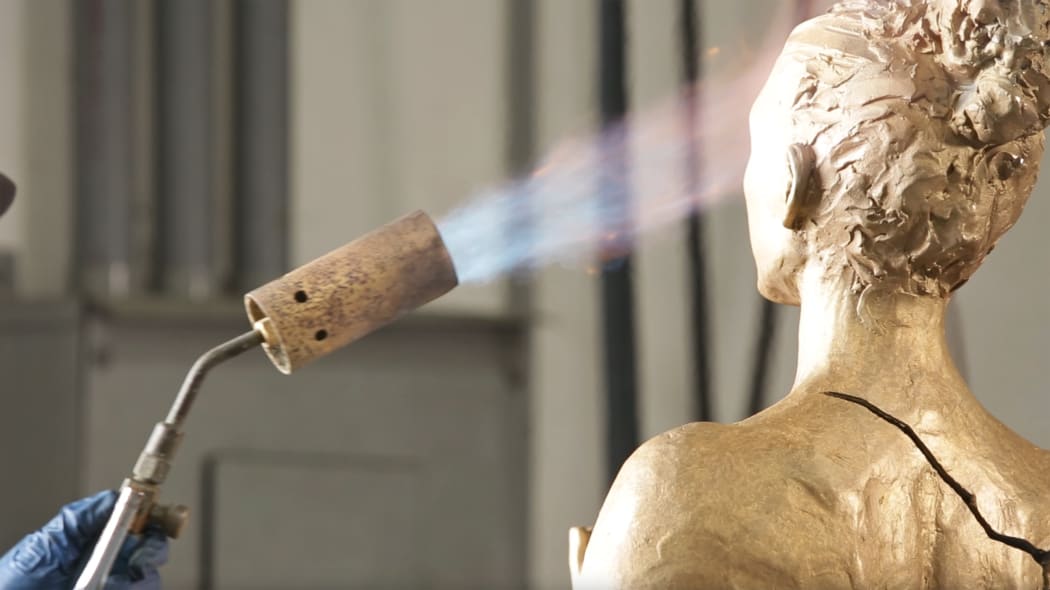
After I make the clay sculpture in my studio, I make a silicone rubber mold around the form. The rubber captures every form and every fingerprint exactly. This enables me to cast a wax inside of that rubber mold, and the wax that emerges from the mold looks exactly like my original clay sculpture. The wax goes to a foundry where many other steps are taken to turn the singular wax into a singular bronze. Every time we make a bronze, we go back to the original rubber mold and make another wax. We cannot make multiples from one wax. It is not like a printing press. Each sculpture is hand-made.
From each clay sculpture I create, I commit to an edition size for the bronze, and I cannot make any more than the number I have publicly announced (other than one or two test pieces, called “Artist Proofs"). This is what is called a “Limited Edition bronze” and they are more valuable than non-limited editions – “Commemorative Editions” or “Open Editions”. For example, after the 50 bronze casts are made with the Alapadma mold, the mold is then destroyed and no more bronzes can be made in that size of that particular sculpture. When a work starts to sell out and become more rare, the value of the edition climbs exponentially. Rodin was one of the first artists to control reproduction of his sculptures through edition sizing, making them more valuable.
Each sculpture is numbered and etched into the finished bronze, next to my signature. It might say something like “18/50” for example. On request, we also create a Certificate of Authenticity that serves as a valuation for insurance purposes and also as a provenance, tracking the creation of each sculpture, through its various exhibitions and collectors. This provides evidence that this sculpture was genuinely made by me, in the USA, during my life time.